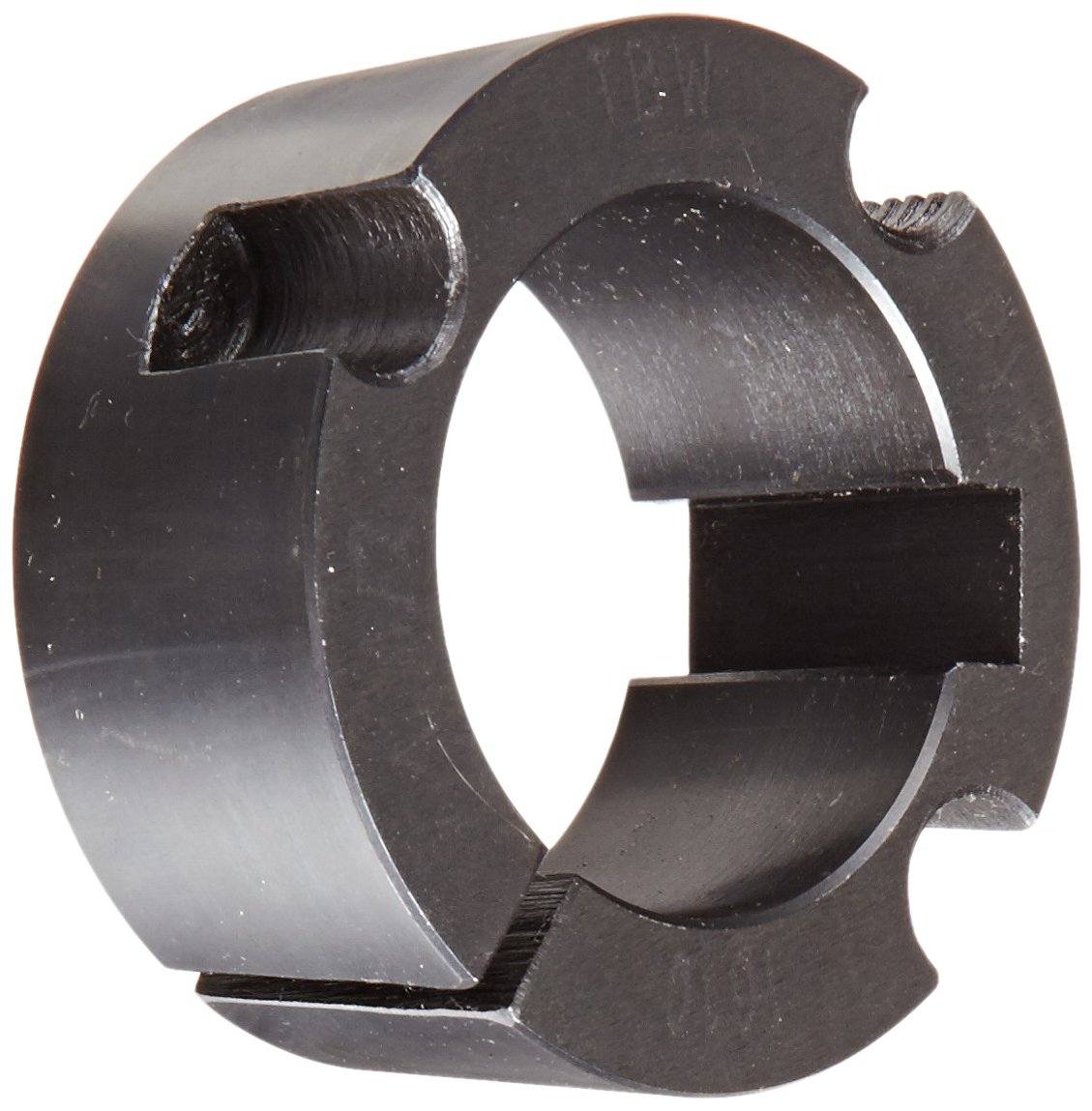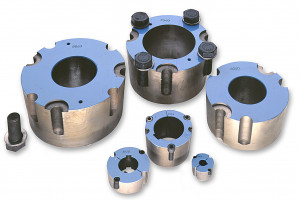
Are there specific guidelines for lubricating spline bushings, and what lubricants are recommended?
When it comes to lubricating spline bushings, there are indeed specific guidelines to follow to ensure optimal performance and longevity. Proper lubrication helps reduce friction, wear, and heat generation, enhancing the efficiency and reliability of the spline system. Here are some guidelines for lubricating spline bushings and the lubricants commonly recommended:
1. Choose the Right Lubricant:
– Selecting the appropriate lubricant is crucial for effective spline bushing lubrication. The choice of lubricant depends on various factors, including the application requirements, operating conditions, and the material of the bushings and mating components.
– Commonly recommended lubricants for spline bushings include:
- Grease: Grease is a popular choice for spline bushings due to its ability to stay in place and provide long-lasting lubrication. Lithium-based or synthetic greases with additives for extreme pressure and anti-wear properties are often used.
- Oil: Oil lubrication can be suitable for certain applications where continuous replenishment of lubricant is feasible. Oils with appropriate viscosity and additives for anti-wear and corrosion protection are typically used.
2. Follow Manufacturer Recommendations:
– Consult the manufacturer’s guidelines and recommendations for lubricating their specific spline bushings. Manufacturers often provide detailed instructions regarding the type of lubricant, lubrication intervals, and application methods.
– Follow the manufacturer’s recommendations to ensure optimal performance and to avoid potential issues such as over-lubrication or using incompatible lubricants.
3. Determine the Lubrication Method:
– Consider the lubrication method that is most suitable for your spline bushings and the specific application. The lubrication method can vary based on factors such as accessibility, operating conditions, and the desired lubricant distribution.
– Some common methods for lubricating spline bushings include:
- Manual Lubrication: This involves manually applying the lubricant directly to the bushings at specified intervals. It can be suitable for applications with infrequent maintenance requirements.
- Automatic Lubrication: Automatic lubrication systems, such as centralized lubrication systems or oil mist systems, can be used to ensure continuous and controlled lubrication of the spline bushings.
4. Monitor and Reapply Lubricant:
– Regularly monitor the condition of the lubricant and the performance of the spline bushings. Check for signs of inadequate lubrication, excessive wear, or contamination.
– If necessary, reapply lubricant or adjust the lubrication frequency based on the operating conditions and the manufacturer’s recommendations.
5. Clean and Remove Contaminants:
– Before lubricating spline bushings, ensure that the surfaces are clean and free from contaminants such as dirt, dust, or old lubricant residues. Contaminants can affect the lubricant’s performance and contribute to premature wear.
– Use appropriate cleaning methods, such as solvent cleaning or wiping with lint-free cloths, to remove contaminants before applying fresh lubricant.
By following these guidelines, you can ensure effective lubrication of spline bushings and promote their optimal performance, reducing friction, wear, and maintenance needs in your spline system.

What are the cost considerations when comparing different types of spline bushings?
When comparing different types of spline bushings, several cost considerations come into play. The cost of spline bushings can vary depending on factors such as the material, manufacturing process, design complexity, and supplier. Here are some key cost considerations to keep in mind:
1. Material Selection:
– The material used in the construction of spline bushings can significantly impact the cost. Common materials include steel, bronze, and various composite materials.
– Steel bushings are generally more affordable compared to bronze or composite bushings. However, they may require additional surface treatments or coatings to enhance their performance and durability, which can add to the overall cost.
– Bronze bushings, known for their excellent load-bearing properties, are typically more expensive than steel bushings due to the cost of the material itself.
– Composite bushings, which often incorporate advanced materials like PTFE (polytetrafluoroethylene), can offer benefits such as self-lubrication and reduced maintenance. However, they tend to be more expensive compared to traditional steel or bronze bushings.
2. Manufacturing Process:
– The manufacturing process used to produce the spline bushings can impact the cost. For example, bushings that require complex machining or specialized processes may have higher production costs.
– Some manufacturing processes, such as injection molding for composite bushings, can offer cost advantages for high-volume production. However, they may require specific tooling or setup costs upfront.
3. Design Complexity:
– The complexity of the spline bushing design can influence the cost. Bushings with intricate geometries, tight tolerances, or specific features may require more time and resources during the manufacturing process, leading to higher costs.
– Simpler designs with fewer customization options are generally more cost-effective compared to highly specialized or custom-designed bushings.
4. Volume and Quantity:
– The volume and quantity of spline bushings required can impact the overall cost. Manufacturers or suppliers may offer price breaks or discounts for larger orders or ongoing supply agreements.
– It’s important to consider the anticipated demand and usage of the bushings when evaluating the cost-effectiveness of different types. For low-volume or one-time applications, the emphasis may be on finding a cost-effective solution without compromising quality. For high-volume or repeated usage, long-term durability and performance may be more critical factors to consider.
5. Supplier and Market Factors:
– The choice of supplier can influence the cost of spline bushings. Different suppliers may have varying pricing structures, overhead costs, and profit margins, which can result in different prices for similar bushings.
– Market factors such as supply and demand dynamics, competition, and geographic location can also impact the cost. It’s worth exploring multiple suppliers and comparing prices to ensure you are getting the best value for the desired spline bushings.
– Additionally, consider the supplier’s reputation, quality control processes, and customer support when evaluating the overall value proposition.
When comparing different types of spline bushings, it’s important to balance cost considerations with the desired performance, longevity, and specific requirements of your application. Evaluating the total cost of ownership, including factors like maintenance, replacement frequency, and downtime, can provide a more comprehensive assessment of the cost-effectiveness of different spline bushing options.

What types of materials are commonly used in manufacturing spline bushings, and how does it impact their performance?
Spline bushings are manufactured using various materials, and the choice of material significantly impacts their performance and suitability for different applications. Here are some commonly used materials for manufacturing spline bushings and their impact on performance:
1. Steel:
– Steel is one of the most common materials used for manufacturing spline bushings. It offers excellent strength, durability, and resistance to wear and fatigue.
– Steel spline bushings can handle high torque loads and are suitable for heavy-duty applications. They provide reliable power transmission and have a long service life.
– Different types of steel, such as alloy steel or tool steel, may be used based on the specific requirements of the application. These materials have high tensile strength and can withstand demanding operating conditions.
2. Bronze and Brass:
– Bronze and brass are commonly used materials for spline bushings, particularly in applications where corrosion resistance and good wear properties are important.
– Bronze and brass bushings offer high load-bearing capabilities and effective heat dissipation. They are suitable for applications with high shock loads, vibrations, or abrasive conditions.
– These materials have self-lubricating properties and can provide smooth and quiet operation. Bronze and brass bushings are often used in industries such as construction, mining, and agriculture.
3. Composite and Polymer:
– Composite materials and polymers, such as nylon, PTFE (polytetrafluoroethylene), or other engineering plastics, are used to manufacture spline bushings with specific performance characteristics.
– Composite and polymer bushings are lightweight, corrosion-resistant, and offer good self-lubrication properties. They reduce friction and eliminate the need for additional lubrication in many applications.
– These bushings are suitable for applications where weight reduction, noise reduction, or resistance to chemicals is important. They are commonly used in industries such as automotive, aerospace, and marine.
4. Custom Materials:
– In some cases, spline bushings may be manufactured using custom materials to meet specific application requirements. These materials can be tailored to provide unique performance characteristics.
– Custom material options can include specialized alloys, ceramics, or other advanced materials. They are often chosen to address specific challenges such as extreme temperatures, high-speed applications, or corrosive environments.
The selection of material for spline bushings depends on various factors such as the application’s torque requirements, operating conditions, environmental factors, and desired performance characteristics.
When choosing a spline bushing, consider factors such as load capacity, wear resistance, corrosion resistance, lubrication requirements, noise reduction, and compatibility with other components in the system.
It’s important to consult with manufacturers, suppliers, or industry experts to determine the most suitable material for your specific application needs. They can provide guidance based on their expertise and knowledge of different materials and their performance in various operating conditions.


editor by CX 2024-04-04